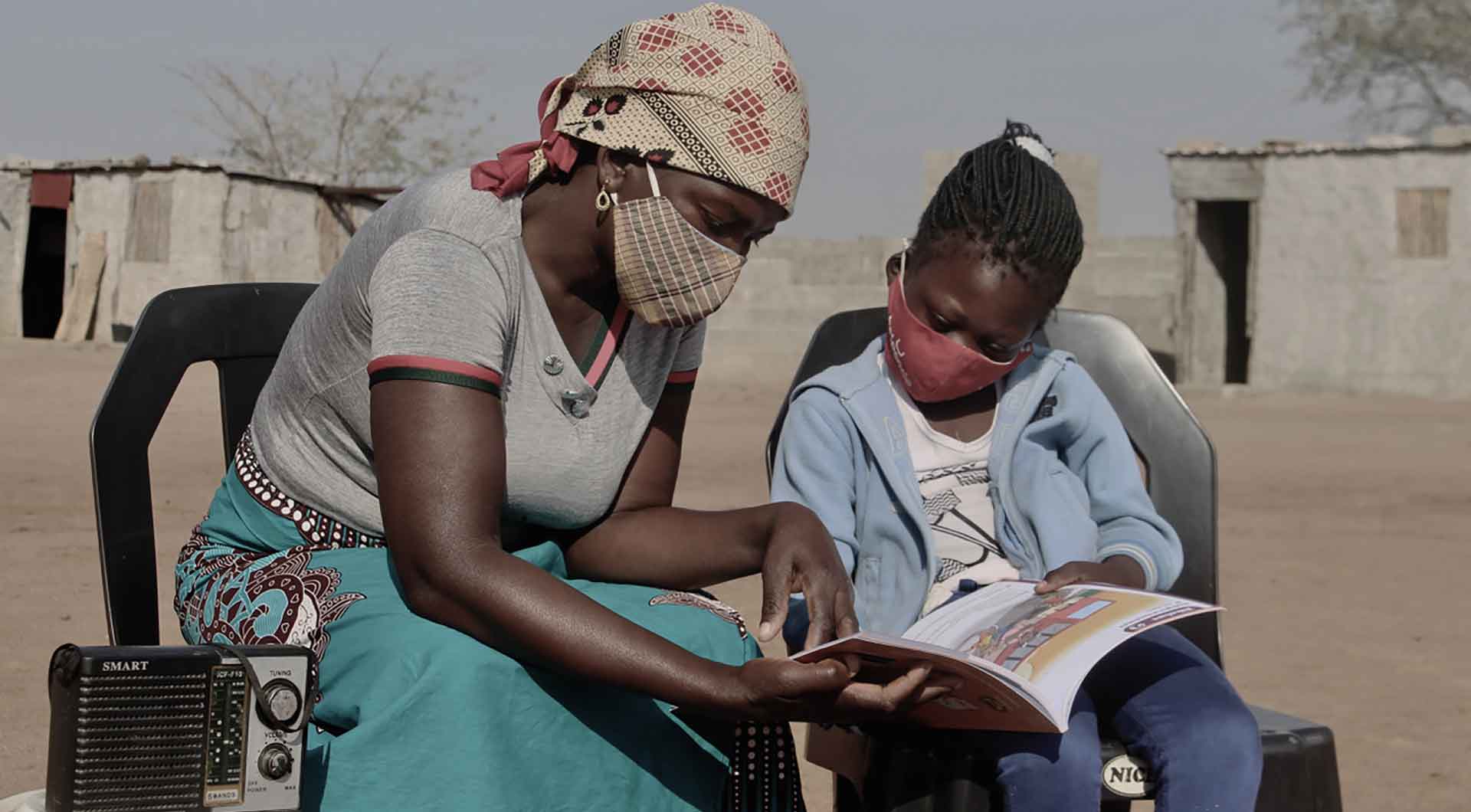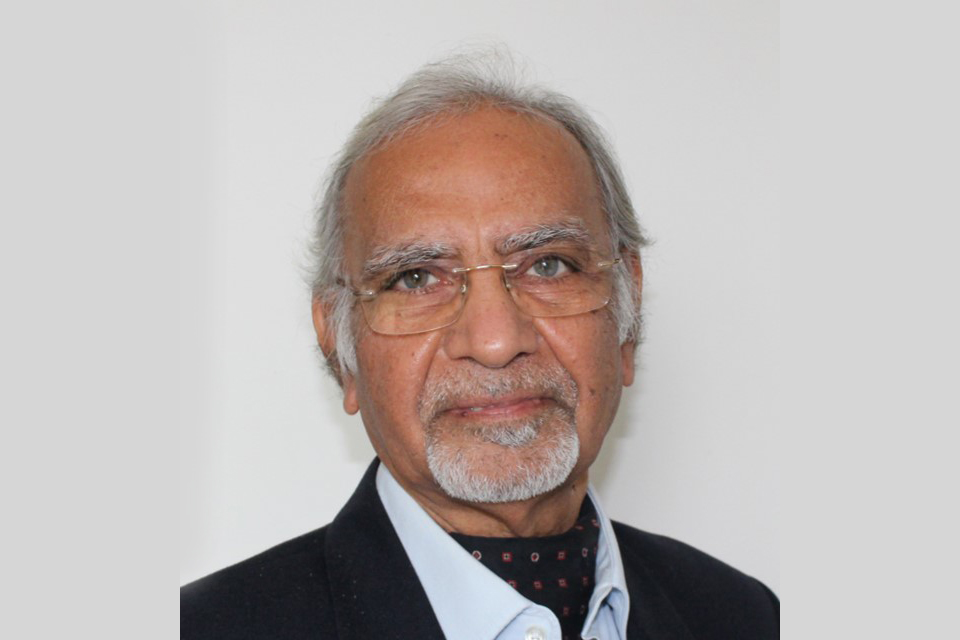
The second wave of the COVID-19 infections in India has caused unprecedented stress on the existing public health infrastructure in the country, inflicting grave human and economic costs. This experience serves as a critical reminder for Governments and policy makers around the world to exponentially scale up vaccination efforts and help provide universal access to vaccines to stem the spread of the infection further.
To better understand the current situation in India, HPPI posed some questions to Dr. Lalit Kant, former Sr. Deputy Director General of Indian Council of Medical research (ICMR), India’s nodal health research body.
Dr. Kant’s responses are listed below:

Lalitkant 07012021 1HPPI: The second wave of infections have made India the epicentre of the global Covid-19 pandemic. What do you think were the main contributing factors that caused this situation?
Dr. Kant: It was a combination of factors that resulted in a huge spike of cases and deaths in the second wave:
I. A false sense of victory over the coronavirus in January/February 2021
II. Everybody, including the Government, lowered their guards, almost all restrictions were over, COVID-appropriate behaviour was not being followed
III. Several strains of SARS CoV-2 virus emerged in India and (the authorities) failed to appreciate the gravity of the mutations and prepare appropriately
IV. State level and local elections were held in some States, that brought large number of people together without practicing preventive measures
V. Large religious gatherings happened; in one of them about 9 million people participated
HPPI: While what we see in the news is mostly stories of public health challenges and shortages of medical supplies, what is your take on the response by the Indian Health system as such, and its Doctors, Nurses and other frontline workers?
Dr. Kant: That is very true. We can create extra beds, get additional supplies of oxygen and medications. But they cannot manage patients. We need trained people behind the machines, next to the bed, to take care of the patients. The doctor to patient, and nurse to patient ratio gets worse. Getting trained people is a bigger challenge.
HPPI: Now it seems the wave is turning (or at least plateauing). What in your opinion has enabled this to happen?
Dr. Kant: Plateauing of the wave and subsequent decline is a function of the immunity (developed in people who got infected including asymptomatic and mild) coupled with the non-pharmacological measures like the lockdowns and wearing of mask. Both have contributed to the decline.
HPPI: What can India and Indian public do to avoid or prepare itself for a potential third wave?
Dr. Kant: The pandemic will only cease when all of us have developed immunity to SARS CoV-2. This could be as a result of the illness or acquired after vaccination. As long as there are susceptible people in the population, the waves will continue to come. For a wave to come three things are important. First, the virus, perhaps a mutant variant. Second, susceptible population. And third, infected persons intermixing with the susceptible population and making them sick. Our actions have to be also on these. Don’t take your eyes off the virus, keep checking for mutations. If this happens we should look for the effect of the mutation. Does it become more transmissible, or the illness is more severe, does the vaccine work against it? Next thing to do is to convert susceptible population into non-susceptible by increasing vaccinations against the SARS CoV-2 virus. Finally, to prevent infection transmission from an infected person to a susceptible person we must practice COVID-appropriate behaviour like using mask, keeping safe distance, and washing hands frequently. For people who get infected and need hospitalisation we should plan for adequate number of beds, supplies like oxygen and medicines, and mechanical ventilators. And not to forget the trained doctors, nurses, and the frontline workers who will be needed.
HPPI: In order to overcome the pandemic globally, public health experts around the world, including the WHO, point to mass vaccination. What is our opinion of India’s planning for vaccinating its people?
Dr. Kant: The Government’s planning was very good. Priority groups were identified like the healthcare workers, frontline workers, people over 60 years and those over 45yrs with underlying health conditions, and then all 45 and over. The Government also had adequate number of vaccines doses for all of these groups. The concern was the slow pace at which the vaccination was being done. Under pressure, the Government made everybody above 18 years eligible for the vaccination. That created problem of vaccine supplies. It would take time for the resultant issues to get resolved.
HPPI: What is needed to obtain general (if we can call it that) immunity in the population and reduce the spread of the Novel Coronavirus to a minimum?
Dr. Kant: For development of immunity taking vaccine is the only solution. To reduce the spread it is the Covid-appropriate behaviour (as mentioned above) is best. As of now there are no approved immunity boosters. Healthy and balanced diet is best.
HPPI: How can India produce/obtain sufficient vaccines? What are the various factors contributing to this?
Dr. Kant: My opinion is that India would have to rely on vaccines manufactured/produced in the country. Of all the vaccines which have received emergency use authorisation (EUA) and produced in foreign countries, none may be available to India as countries have made advance purchase commitments and they total more than the manufacturing capacity of the companies. These commitments would have to be honoured first. However, some manufacturers are making efforts to increase their production capacity. The vaccine manufacturers in India are also increasing their capacity either in the existing plant, or transferring technology to other companies to manufacture. Some of the newer vaccines like Sputnik V will become available as it is also being manufactured by more than one company. Novavax has also completed Phase 3 trial, India was also one of the sites, application for emergency use authorisation is being examined by the European regulators (EMA). This vaccine will also be produced by the Serum Institute of India. Thirdly, some new vaccines developed in India might also become available by the end of 2021.
HPPI: The mechanism for providing vaccines to poorer countries is COVAX. How many vaccines have been distributed so far under COVAX and what is expected by the end of 2021?
Dr. Kant: As of 25th May 2021, the COVAX has shipped over 71 million doses of COVID-19 vaccine to 125 countries. The initial aim is to have 2 billion doses available by end of 2021.